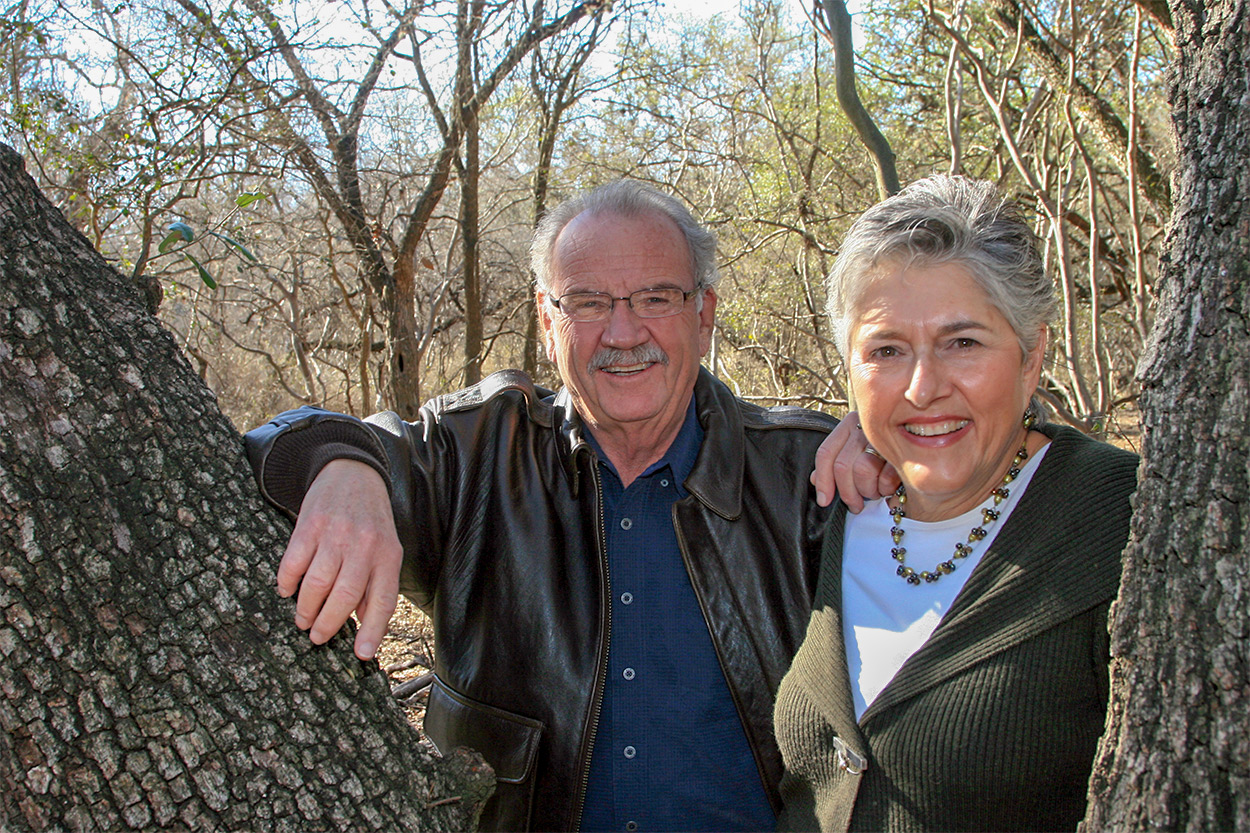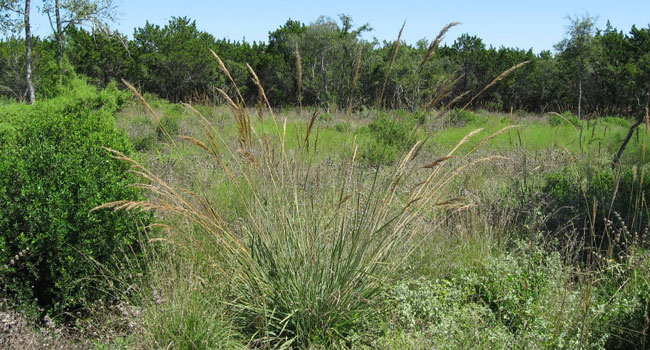Standing in front of the new Hardberger Park sign on Blanco Road, Phil and Linda Hardberger presented a $100,000 check from the Phil and Linda Hardberger Foundation to Hardberger Park Conservancy Treasurer Will Kothmann to commemorate the park’s upcoming grand opening and to officially launch private fundraising efforts to support San Antonio’s newest park.
San Antonio Mayor Julian Castro, City Manager Sheryl Sculley and members of the City Council were on hand to celebrate and later enjoyed a tour of the new park.
Phil Hardberger Park is a 311-acre natural oasis that the City of San Antonio purchased in 2006 and 2007 from the Max and Minnie Tomerlin Voelcker Fund at a cost of nearly $47 million. Under the leadership of then Mayor Phil Hardberger, who proposed using the property to establish a world-class park, the City instituted its first-ever national competition for a master design plan and a jury later selected Stephen Stimson Associates and D.I.R.T. Studio to serve as consultants for the park’s design. After extensive community input, the City Council approved a master plan in May 2008 based on the themes of education, sustainability and ecology. To honor his extraordinary efforts, the San Antonio City Council passed an ordinance in November 2009 naming the park for former Mayor Phil Hardberger.
“San Antonio is an old city with plenty of character and charm that make it a wonderful place to live,” said Hardberger. “One thing it doesn’t have is enough green space. So, I made it a priority during my time in office to build a park where our entire community can gather to play and rest, to learn more about nature and how to protect it, and to learn the value of healthy living. Although I’m no longer Mayor, I will continue to work to ensure this park is built as quickly as possible and in a way that honors its Master Plan. Linda and I hope this contribution moves us closer to that goal and that it also inspires others to give.”
The Phil Hardberger Park Conservancy was founded by a group of dedicated citizens committed to creating a natural area park for the use of our community. It will ensure that all park development will be in accordance with the Master Plan and that the park’s amenities, including a nature center, dog park, play areas, walking, hiking and biking trails, foster an accessible and sustainable natural landscape for generations. As a non-profit, it will facilitate private fundraising efforts to assist with the development and maintenance of the park.
Phil Hardberger Park will celebrate its grand opening May 15, 2010 with a dedication ceremony and a weekend full of activities and nature walks. The first phase of construction, Phase 1A, is complete and includes 1.5 miles of trails, picnic areas, an open playground and dog park, and oak savanna restoration. Work on Phase 1B will begin immediately using nearly $2.5 million in existing City funds and a $1 million Texas Parks and Wildlife Department grant awarded in August 2008. Phase 1B will include:
Salado Creek Outdoor Classroom Pavilion, trailhead, greenway connection and overlook
Northwest Military Hwy entrance
Park road and parking
One mile loop trail and outdoor education area
Multi-purpose play field
2.7-acre oak savanna restoration
For more information about the park, its grand opening event or how you can join the Conservancy, contact the Phil Hardberger Park Conservancy at www.PhilHardbergerPark.org.
Friday, 07 May 2010








